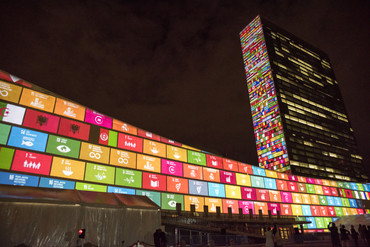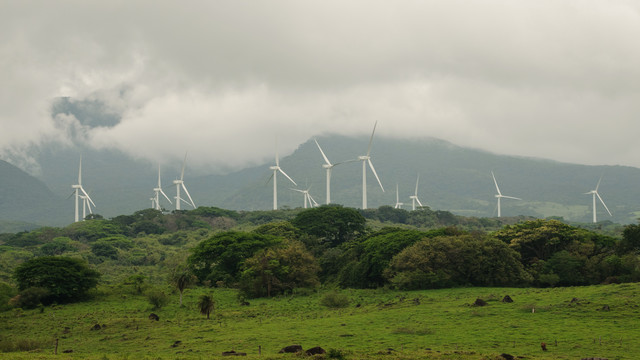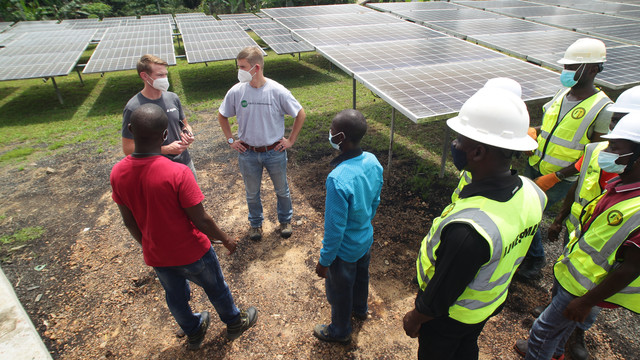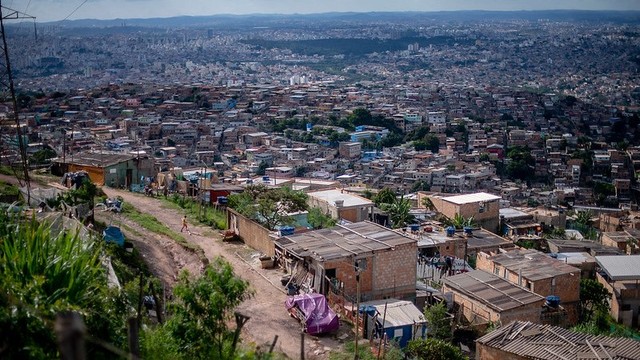Is SDG evaluation just business as usual?
Stefano D'Errico outlines four steps that should be considered in the design of an effective evaluative process for the Sustainable Development Goals.


Evaluation can complete the Sustainable Development Goal puzzle (Photo: UN Photo)
Yes, Sustainable Development Goal (SDG) evaluation could be considered business as usual, if that’s how we see the SDGs. But can we really afford to treat evaluation of progress towards the SDGs like all evaluations that have gone before? The ambitions underlying Agenda 2030 make it clear that we cannot.
A more sustainable and equitable world simply cannot be achieved by 2030 if we stick to our conventional ways of working. If we do so, we could remain locked into the same dynamics that lead to unsustainable consumption and production, unequal distribution of resources and poor respect of human rights.
Development aid, as we know it, has never dramatically changed those dynamics. Evaluation could do much more to help the aid industry assess what is needed to foster transition or transformation towards a fairer and more sustainable world.
The SDGs offer a great opportunity to rethink our practice to help it to become more relevant to the development challenges that we are facing today and to prevent disasters that could result from a lack of adequate critical thinking.
While evaluation of country progress towards the SDGs is still in its infancy, it is clear that the process presents an opportunity to improve national policies and programmes as well as report back to international peers. Evaluators need to be innovating and testing now, to make the most of this potential.
How can we approach the SDGs as evaluators?
One way to approach the SDGs is to look at them as part of a massive, global, results framework made of 17 goals, 169 targets and 232 indicators. Essentially, we can think of them as an upgrade of the Millennium Development Goals which now include issues that were previously left behind.
This is a valuable and inclusive approach but it doesn’t fully account for the systemic interconnectedness of our world. Also, such a complex framework can only be addressed at the national level by a handful of countries which already have robust monitoring systems in place. This is not the case for the majority of countries.
Another approach is to look at the SDGs in the context of Agenda 2030 and its underlying values, and pull out lessons that can be used in our day-to-day evaluation practice. This idea can be summarised into four key take-aways:
- Let the Agenda 2030 principles guide your assessment and use them to inform your evaluation questions: integration/coherence, leave no one behind, equity, resilience, environmental sustainability, universality, and mutual accountability
- Reflect on the foundations of sustainable development: the natural system, equitable prosperity, economic progress, and democratic governance
- Check to see how the four foundations are inevitably interrelated. Progress in one dimension can undermine or leverage achievements in another dimension, and
- Let the last come first. Sustainable development can be achieved only if no one is left behind and progress is equitable. SDG evaluation should look at the effects of policies and interventions on people living in poverty and the ways in which they might be excluded, and engage them in the analysis.
Not a one-size-fits-all solution
Rather than apply a one-size-fits-all approach, evaluation commissioners, managers and professional evaluators can tailor plans and approaches to SDG evaluation. A successful evaluation must both be built around the existing national context and underpinned by the principles of the 2030 Agenda.
Regardless of the approach chosen in any one context, four steps can be considered in the design of an effective evaluative process:
- Identify the overall objective and use of the evaluation by consulting and engaging with different stakeholders groups
- Prepare for the evaluation by designing participatory processes, defining the scope and focus of the evaluation, and identifying the policies and plans of the evaluation
- Use 2030 Agenda principles to inform the evaluative criteria, and use the principles to develop the evaluation questions, and
- Frame the evaluation according to the logic of national policies, develop and estimate the cost of a communication plan.
A guide for SDG evaluation commissioners and managers
The publication 'Evaluation to connect national priorities with the SDGs' is a ‘real life’ introduction to evaluating progress on the SDGs, based on emerging country experiences from the global North and South, as well as lessons from sustainable development evaluation.
The new guide is built on experiences from Finland, the only country to have completed a national SDG evaluation, and from Nigeria, whose assessment plans are impressively advanced.
Thanks to these pioneers from both hemispheres, readers will see how national evaluators might weigh the effectiveness of different practices, reflect on challenges, and consider the possibility of reconciling an assessment of priorities from national plans and policies with the 2030 Agenda.
To support customised local or national efforts towards sustainable development, this guide considers:
- The main steps involved in scoping, designing and conducting an SDG evaluation
- Ways in which SDG evaluation processes and results can be used to support national progress on sustainable development, and
- Key SDG evaluation characteristics and approaches, and how SDG evaluation can be integrated into national monitoring and evaluation systems.
This blog was originally posted on the EvalForward website




